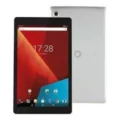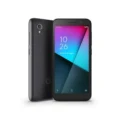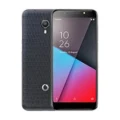Vodafone Smart ultra 7
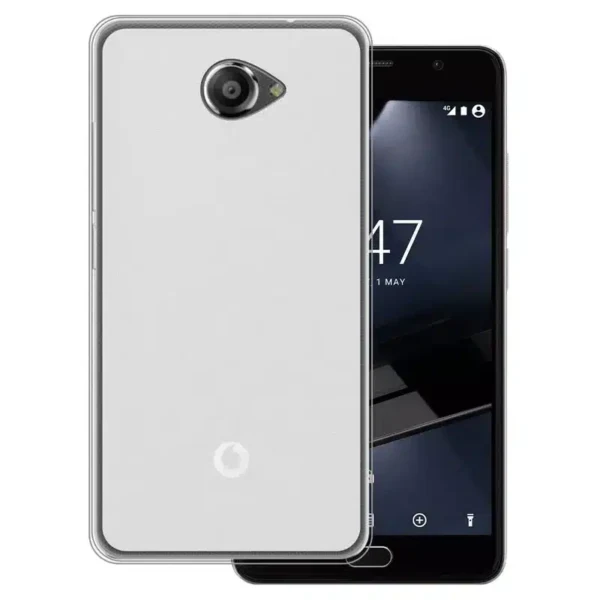

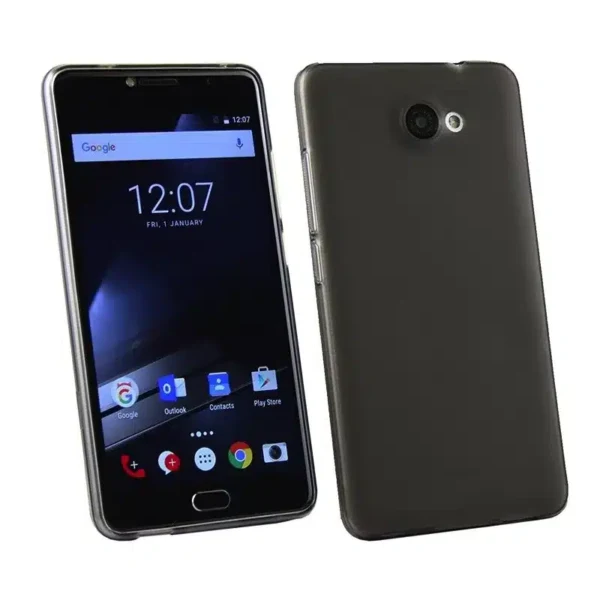
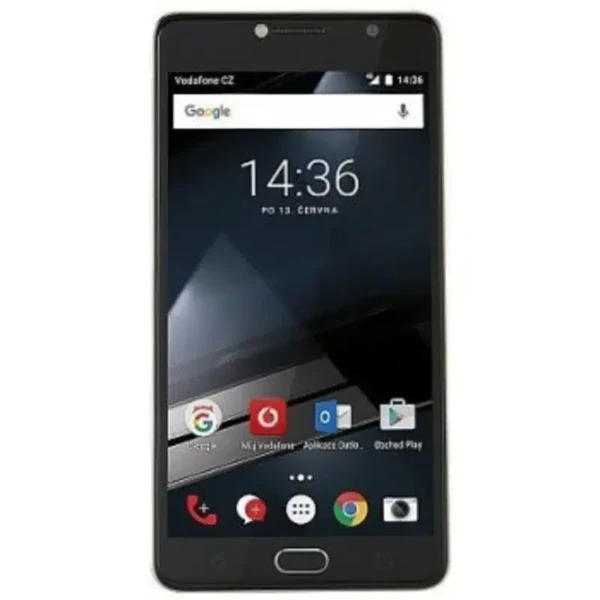
- : 2GB RAM MT6755M
- : 5.5" 1080x1920 pixels
- : 2960mAh
- : 13MP 1080p
Vodafone Smart ultra 7: Budget-Friendly Option
The Vodafone Smart Ultra 7 is a smartphone designed for those looking for a good value. Let’s see how it stacks up.
Display
The Ultra 7 boasts a large 5.5-inch display with sharp 1080p resolution. This translates to crisp visuals for everyday use.
Camera
On the back, you’ll find a 13-megapixel camera for capturing memories. There’s also a 5-megapixel front-facing camera for selfies and video calls.
Performance
The phone runs on a MediaTek processor with 2GB of RAM. While not top-of-the-line, it should handle basic tasks and light multitasking.
Other Features
The Ultra 7 comes with 16GB of expandable storage, which can be supplemented with a microSD card. The battery is 2960mAh, which should provide a full day’s use on a single charge.
Overall
The Vodafone_Smart Ultra 7 is a solid choice for those looking for an affordable smartphone with a big screen and decent cameras. It won’t win any performance awards, but it offers good value for the price.
Want to Learn More?
Visit the official website of Vodafone for detailed information about the Vodafone Smart ultra 7 Vodafone Official sites
Still Unsure?
If you’re still unsure about your choice, explore other options from Vodafone at your nearest store: Vodafone Store
Specs
Network
| 2G Network GSM 850 / 900 / 1800 / 1900 - SIM 1 & SIM 2 (dual-SIM) CDMA 800 / 1900 | GSM 850 / 900 / 1800 / 1900 |
| 3G Network | HSDPA 850 / 900 / 1900 / 2100 |
| 4G Network | 1, 3, 7, 8, 20, 28 |
| Speed | HSPA 42.2/5.76 Mbps, LTE Cat4 150/50 Mbps |
LAUNCH
| Announced | November, 2025 |
| Status | Discontinued |
BODY
| Dimensions | 152.2 x 78.1 x 8.7 mm (5.99 x 3.07 x 0.34 in) |
| Weight | 150 g (5.29 oz) |
| SIMs SIM (Subscriber Identity Module) is a small card that contains mobile network subscriber's account information. This allows the phone using the card to attach to a mobile network. The SIM card is most commonly associated with GSM and UMTS mobile networks. Moving a SIM card from one phone to another allows a subscriber to switch mobile phones without having to contact their mobile network carrier. SIM cards can also be used by a phone to store limited amounts of data, such as phone numbers and text messages. | Micro-SIM |
Display
| Size | 5.5 inches, 83.4 cm2 (~70.2% screen-to-body ratio) |
| Resolution | 1080 x 1920 pixels, 16:9 ratio (~401 ppi density) |
PLATFORM
| Operating System OS => Every computer system run on a base software called Operating System (OS). Operating System controls all basic operations of the computer (such as smartphone, PDAs, tablet computers and other handheld devices). The Operating System allows the user to install and run third party applications (apps), apps are used to add new functionality to the device. | Android 6.0.1 (Marshmallow) |
| Chipset Chipset is a group of integrated circuits designed to perform one or a more dedicated functions, often with real time computing constraints, Popular smartphones are equipped with more advanced embedded chipsets that can do many different tasks depending on their programming. | Mediatek MT6755M (28 nm) |
| CPU CPU (Central Processing Unit) mostly known as processors, CPU processes instructions in order to carry out certain functions that make your device operate properly. Processors are often described as the brain of computers, smartphones and tablets, Smartphones and tablets rely on processors to carry out their every task, Processors are an incredibly important factor in selecting any type of computing device, including your smartphone. | Octa-core (4x1.8 GHz Cortex-A53 & 4x1.0 GHz Cortex-A53) |
| GPU GPU (Graphics Processing Unit) is a single-chip processor designed to rapidly manipulate and alter memory to accelerate the creation of images in a frame buffer intended for output to a display, This includes things such as lighting effects, object transformations, and 3D motion. | Mali-T860MP2 |
MEMORY
| Card Slot Memory Card Slot is a special slot for inserting a memory card. Memory cards allow you to expand the phone's built-in memory, A memory card (sometimes called a flash memory card or a storage card) is a small storage medium used to store data such as text, pictures, audio, and video, for use on small, portable or remote computing devices such as mobile phones, mp3 players, digital cameras. | microSDXC (dedicated slot) |
| Internal | 16GB 2GB RAM |
MAIN CAMERA
| Video | 1080p@30fps |
| Camera Features | LED flash, panorama, HDR |
SELFIE CAMERA
| Features | LED flash |
SOUND
| Loudspeaker | Yes |
| 3.5mm jack | Yes |
COMMS
| WLAN | Wi-Fi 802.11 a/b/g/n, dual-band |
| Positioning | GPS |
| Bluetooth Bluetooth is a wireless communications technology for exchanging data between mobile phones, headsets, computers and other network devices over short distances without wires, Bluetooth technology was primarily designed to support simple wireless networking of personal consumer devices. | 4.1, A2DP |
| Infrared Infrared connectivity is an old wireless technology used to connect two electronic devices. It uses a beam of infrared light to transmit information and so requires direct line of sight and operates only at close range. | |
| USB | microUSB 2.0 |
| NFC NFC (Near field communication) is a set of standards for smartphones and similar devices to establish peer-to-peer radio communications with each other by touching them together or bringing them into proximity, usually no more than a few inches. | |
| Radio |
Features
| Sensors Sensors are electronic components that detects and responds to some type of input from the physical environment. The specific input could be light, heat, motion, moisture, pressure and location, The output is generally a signal that is converted to use in computing systems, a location sensor, such as a GPS receiver is able to detect current location of your electronic device. | Accelerometer, proximity, compass |
BATTERY
| Battery Type Battery Type => Cell phones run on various kinds of batteries depending on the manufacturer, phone size or shape and features. There are basically four types of cell phone batteries => Lithium Polymer, Lithium Ion, Nickel Metal Hydride and Nickel Cadmium. | Li-Ion (Lithium Ion) |
MISC
| Colors | Silver, Dark Grey |
| Model | VFD 700, VFD700 |
| SAR EU Each GSM handset has a radio transmitter and receiver in order to operate in the wireless GSM network. That transceiver is manufactured so that when used next to the ear and when worn on the belt, it won't exceed the limits for exposure to radio frequency energy set by the authorities.The authorities in question here are the Federal Communications Commission (FCC) of the U.S. Government, Industry Canada of the Canadian Government (IC), and the Council of the European Union. | 0.54 W/kg (head) |
| Price | About 160 EUR |
TESTS
Reviews
Disclaimer Note
We strive to maintain accurate and up-to-date content on our website for general information purposes only. Please refrain from using the material for business, legal, or any other decisions.


